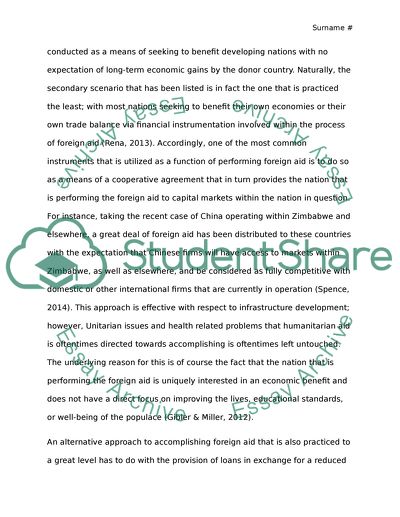Cite this document
(“Foreign Aid: Which financial instruments should be used to provide Essay”, n.d.)
Foreign Aid: Which financial instruments should be used to provide Essay. Retrieved from https://studentshare.org/finance-accounting/1655750-foreign-aid-which-financial-instruments-should-be-used-to-provide-foreign-aid-what-is-the-right-balance-among-these-different-instruments
Foreign Aid: Which financial instruments should be used to provide Essay. Retrieved from https://studentshare.org/finance-accounting/1655750-foreign-aid-which-financial-instruments-should-be-used-to-provide-foreign-aid-what-is-the-right-balance-among-these-different-instruments
(Foreign Aid: Which Financial Instruments Should Be Used to Provide Essay)
Foreign Aid: Which Financial Instruments Should Be Used to Provide Essay. https://studentshare.org/finance-accounting/1655750-foreign-aid-which-financial-instruments-should-be-used-to-provide-foreign-aid-what-is-the-right-balance-among-these-different-instruments.
Foreign Aid: Which Financial Instruments Should Be Used to Provide Essay. https://studentshare.org/finance-accounting/1655750-foreign-aid-which-financial-instruments-should-be-used-to-provide-foreign-aid-what-is-the-right-balance-among-these-different-instruments.
“Foreign Aid: Which Financial Instruments Should Be Used to Provide Essay”, n.d. https://studentshare.org/finance-accounting/1655750-foreign-aid-which-financial-instruments-should-be-used-to-provide-foreign-aid-what-is-the-right-balance-among-these-different-instruments.


